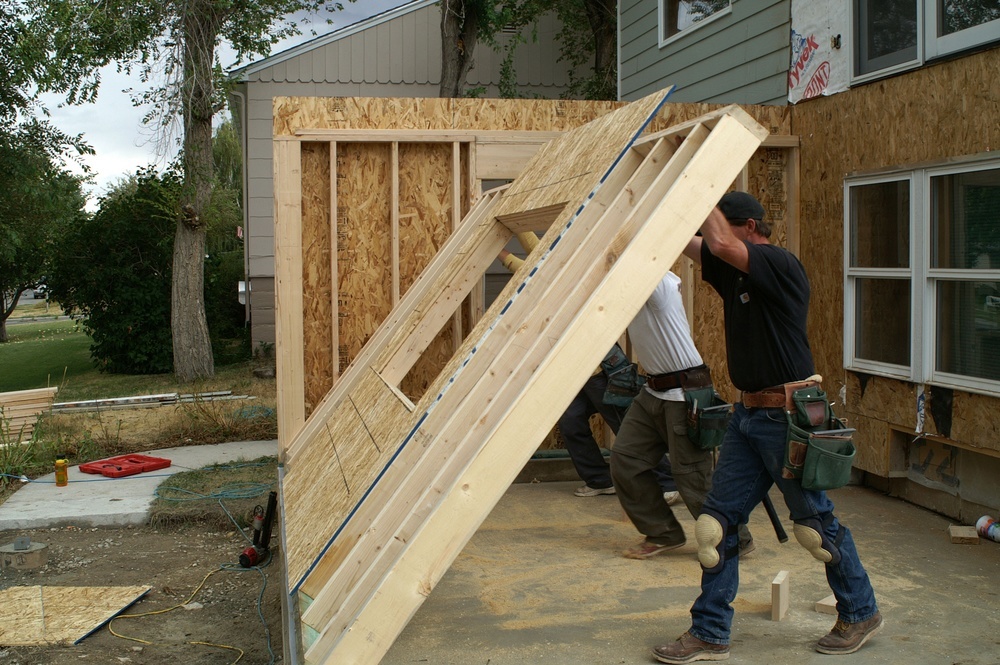 When you first moved into your home, you probably felt like you had plenty of room. But now that you’ve lived there for a while, maybe your home isn’t quite as comfortable as it used to be. Perhaps your home was perfectly fine when it was just you and your spouse, but now it’s starting to get awfully crowded now that you have kids to think of.
When you first moved into your home, you probably felt like you had plenty of room. But now that you’ve lived there for a while, maybe your home isn’t quite as comfortable as it used to be. Perhaps your home was perfectly fine when it was just you and your spouse, but now it’s starting to get awfully crowded now that you have kids to think of.
After a certain point, your home can simply be too small and no amount of clever storage tricks are going to be able to help. If your home has truly reached maximum capacity, there are two ways you can solve the problem: you could move to a larger home or you could build an addition on your current house.
If you’ve lived in your home for a long time, you’re probably very fond of the location and your neighbors and you might not necessarily want to have to give them up to move to a new home. Moving to a new home isn’t always the best option if you live in an area where property values are on the rise. If property values have gone up significantly in your area, the real estate market is likely very competitive, which can make it extremely difficult to find another home in your area that you can afford.
When moving isn’t ideal, building an addition on your home might be a better option. The cost of a home addition depends on what kind of addition you’re interested in. Second story additions are pretty complex and can easily cost over $100,000, making them one of the most expensive home improvement projects you can undertake. Having an extra room or two added onto the ground level of the home is a lot less complicated, but many cities have building codes that regulate things like how close your home can be to property lines, so it’s entirely possible that building your home upward might be your only option.
However, adding on to your home can make a huge impact on the rest of your home in more ways than you may realize. Not only will it make a difference in how your home looks from the outside, you may also have to upgrade your home’s HVAC and electrical systems to be able to power and heat the space being created. If you’re adding a second story, an engineer will have to make sure your home is structurally sound enough to support the added weight and you’ll have to add a staircase, which will take up some floor space on the lower level. If the new part of your home has new vinyl windows and the windows in the rest of your home are older, you might want to have new vinyl replacement windows installed in the rest of your home to match the new part of your home.
Another very important thing to keep in mind before building an addition to your home is that it may impact the taxes you’ll have to pay on your home. You’ll also want to be sure that your addition won’t end up working against you if you later decide to sell your home. To get the most value out of home renovations, it’s important to be careful to not over-improve and make your home significantly more expensive or stand out too much from the other homes in your neighborhood. A home with a second story might stand out too much if the other homes in the neighborhood are all single stories.
Buying a new home and building an addition to your home are both ways to get the extra space you need. Neither option is necessarily better than the other and they both involve a good amount of upheaval on your part, so it’s very important to understand the pros and cons of both options.
